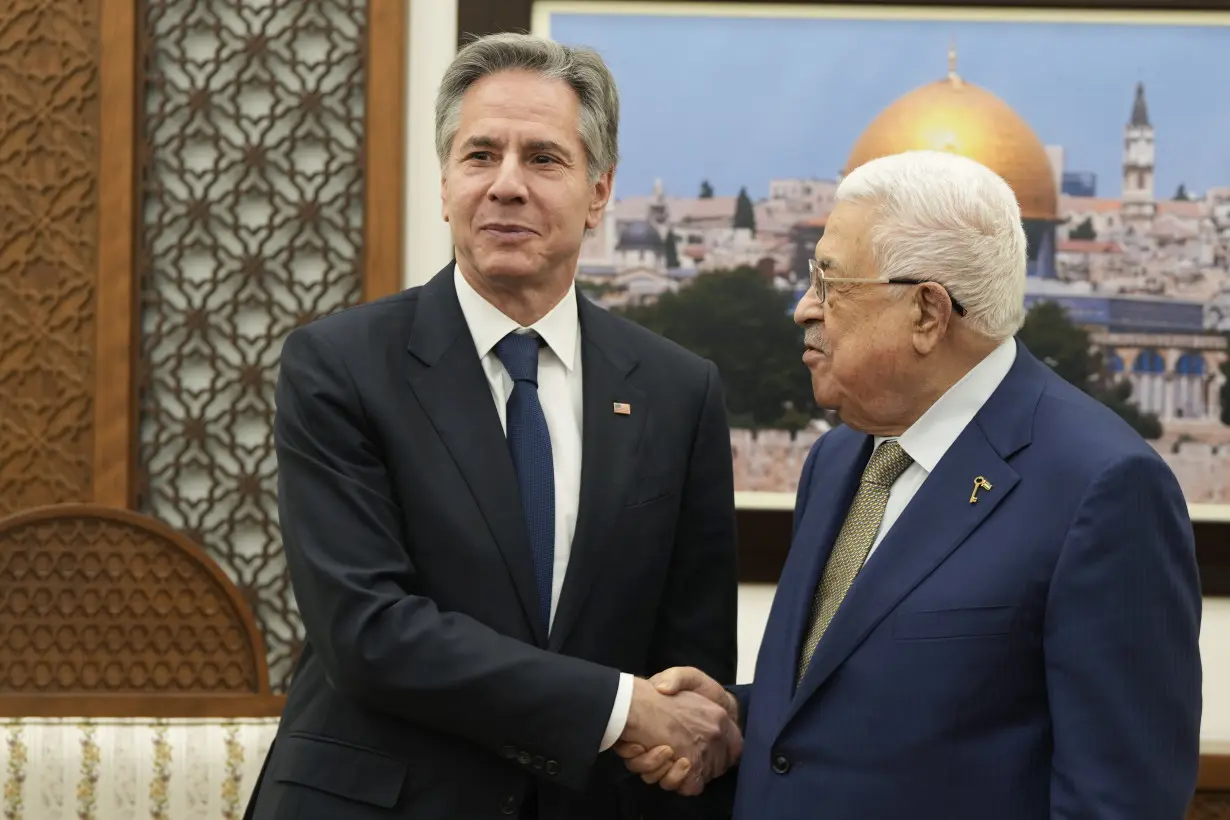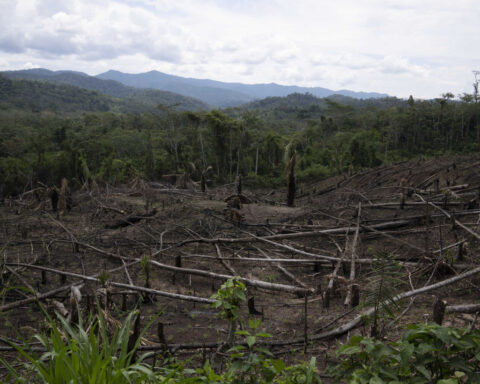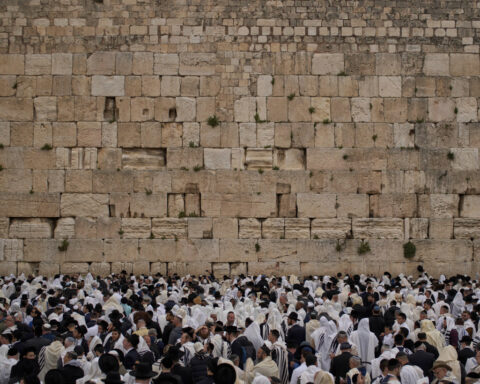Hamas has put forward a detailed plan for a new cease-fire and hostage release deal with Israel, which will be discussed when U.S. Secretary of State Antony Blinken meets Wednesday with Israeli leaders.
Qatar’s prime minister said Tuesday that Hamas gave a “generally positive” answer to the latest plan for Gaza, but the Palestinian militant group's response would effectively leave the militant group in power in Gaza and allow it to rebuild its military capabilities, a scenario that Israel adamantly rejects.
More than half of Gaza’s population of 2.3 million people is now crammed into the town of Rafah on the border with Egypt and surrounding areas, the United Nations Office for the Coordination of Humanitarian Affairs said Tuesday. The Palestinian death toll after nearly four months of war has reached 27,478 people, the Health Ministry in Gaza said.
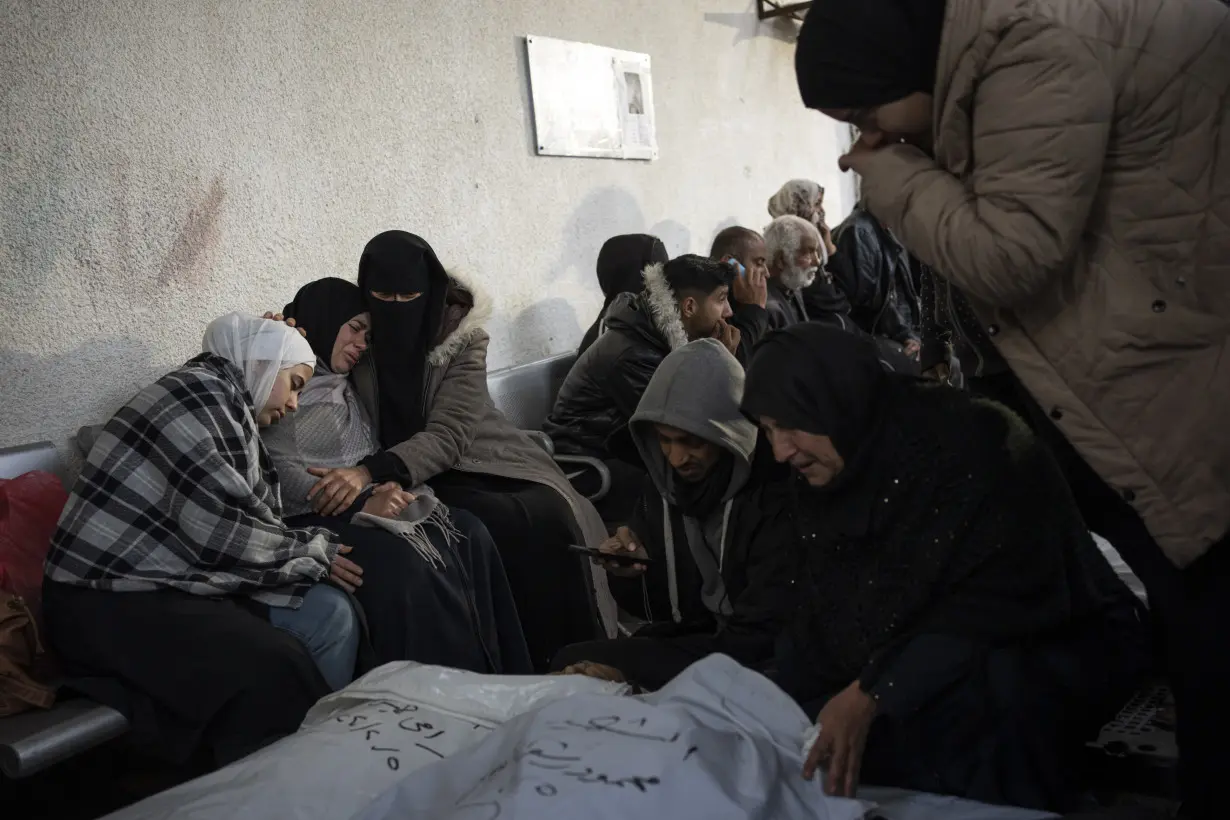
A quarter of Gaza’s residents are starving and 85% of the population has been driven from their homes, with hundreds of thousands surviving in makeshift tent camps.
Currently:
— Yemen’s Houthi rebels target two ships in the Red Sea and the Gulf of Aden with ballistic missiles.
— Israel arrests a Palestinian-American woman in the West Bank. Her relatives don’t know where she is.
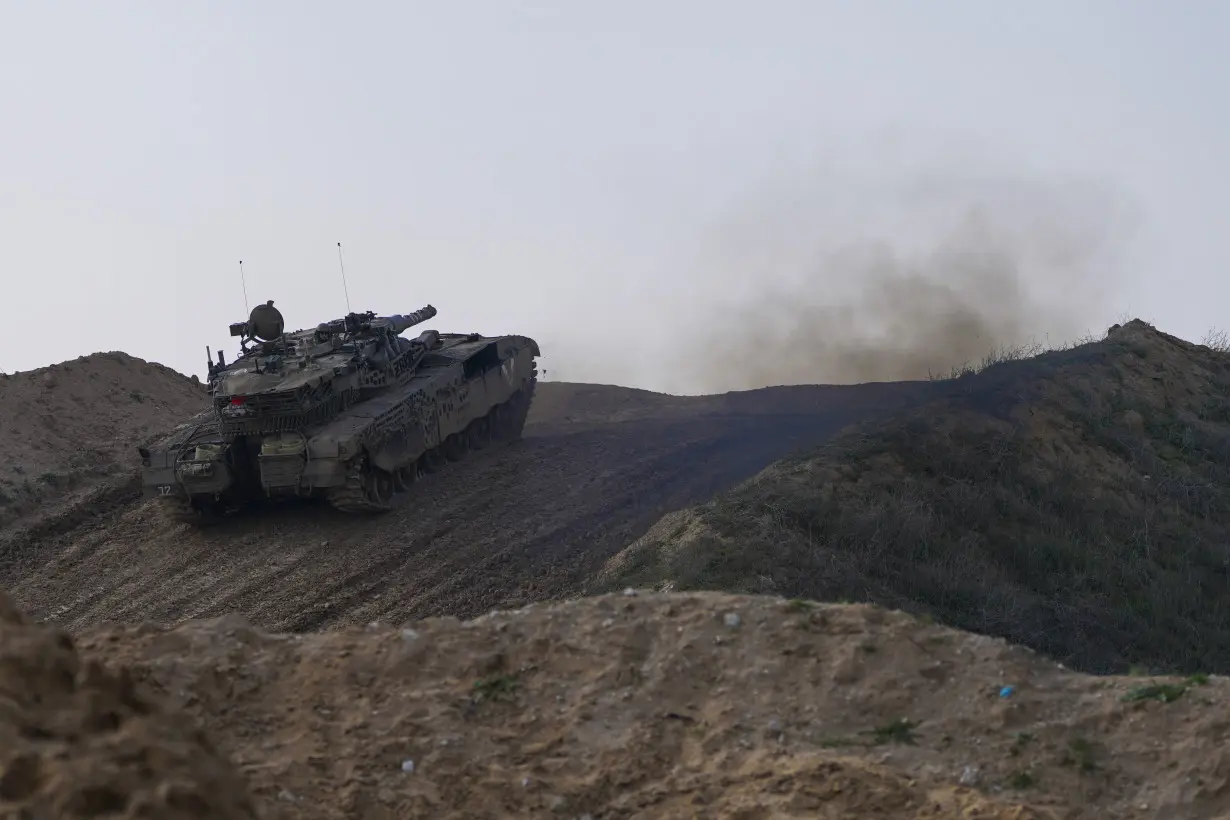
— Senate Democrats push to require that Biden consult Congress on weapons sales to Israel.
— Qatar says Hamas gave a "generally positive" response to a cease-fire proposal.
— Find more of AP’s coverage at https://apnews.com/hub/israel-hamas-war.
Here's the latest:
HAMAS RESPONDS TO A CEASE-FIRE PLAN

BEIRUT — Hamas’ response to a proposed cease-fire and hostage release deal has been published in a Lebanese newspaper.
The document, whose authenticity was confirmed by officials, offers the clearest look yet at the group’s demands for the release of over 100 hostages it is holding in Gaza.
The response to a plan drawn up by the U.S., Israel, Qatar and Egypt envisions a three-phase agreement unfolding over 4 ½ months leading to the end of the war and the release of all hostages.
Hamas’ proposal would effectively leave the militant group in power in Gaza and allow it to rebuild its military capabilities, a scenario that Israel adamantly rejects.
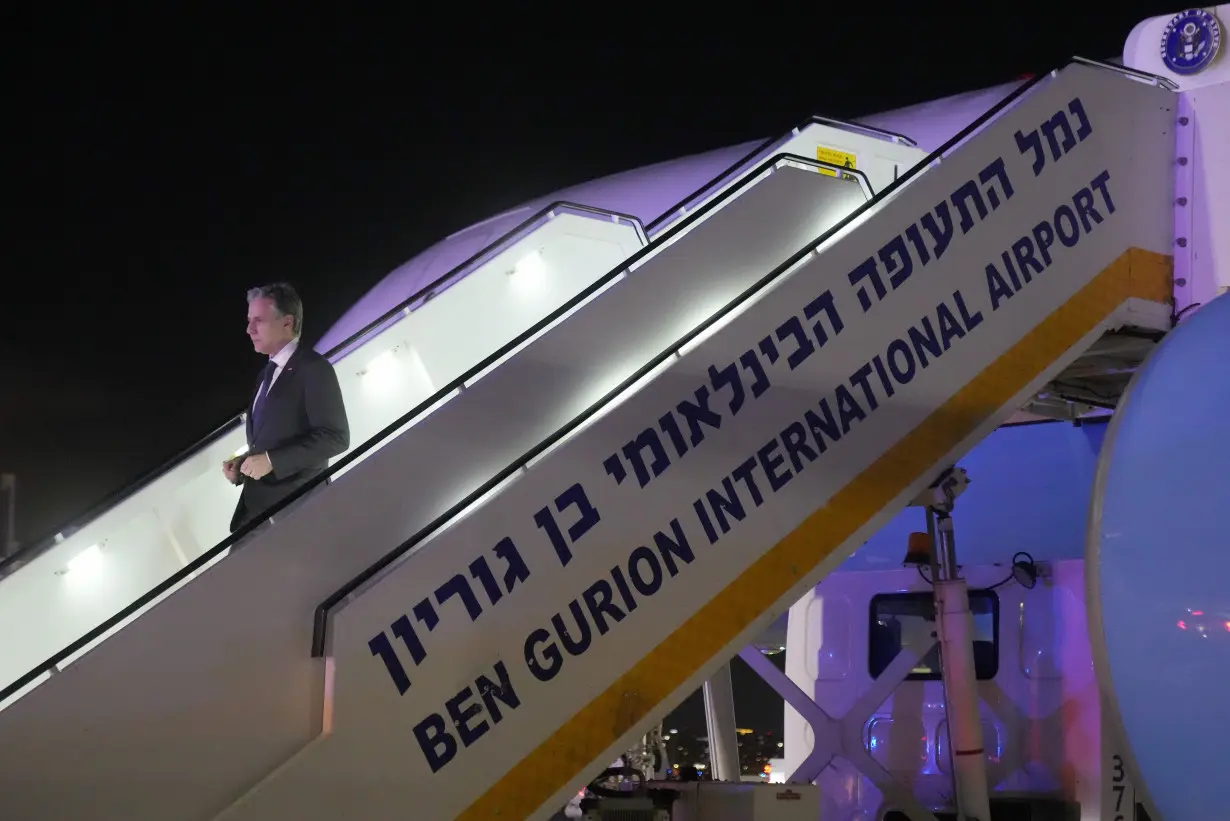
In the first 45-day phase, Hamas would release all remaining women and children, as well as older men and those who are ill, in exchange for the release of all the women, children, sick and older prisoners held by Israel. Israel would release an additional 1,500 Palestinian prisoners, including 500 specified by Hamas – likely high-profile militants serving life sentences.
Israel would withdraw its forces from population centers, halt aerial operations and allow in far more humanitarian aid and the start of reconstruction. It would also allow displaced people to return to their homes, including in northern Gaza, and open all crossings.
In the second phase, which would be negotiated during the first, Hamas would release the remaining hostages, mainly soldiers and civilian men, in exchange for more prisoners, and Israel would complete its withdrawal from Gaza. The two sides would exchange the remains of deceased hostages and prisoners in a third stage, which would give way to a long-term truce.
A Hamas official and two Egyptian officials confirmed the authenticity of the document published by Lebanon’s Al-Akhbar newspaper on condition of anonymity because they were not authorized to brief media on the sensitive negotiations. The newspaper is close to Lebanon’s Hezbollah militant group, an ally of Hamas.
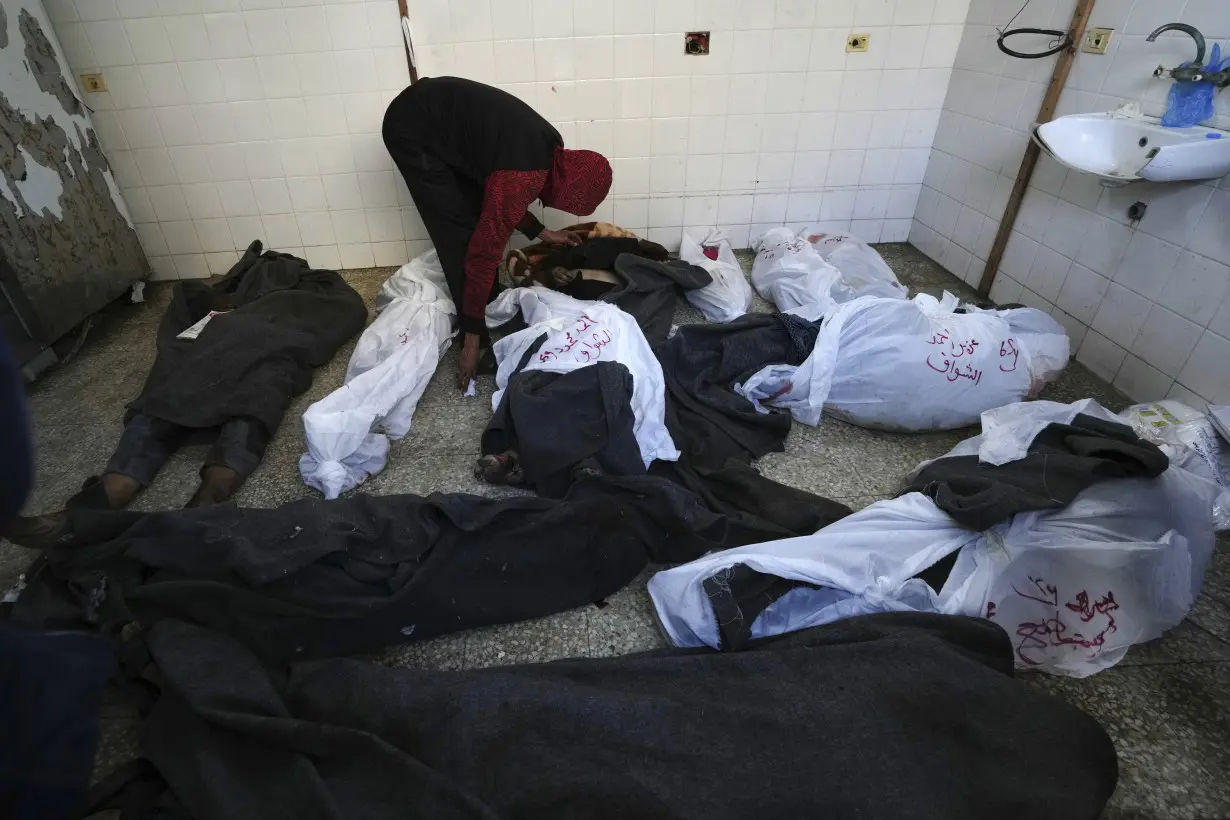
___
By Associated Press writers Abby Sewell and Samy Magdy

 Trump has begun another trade war. Here's a timeline of how we got here
Trump has begun another trade war. Here's a timeline of how we got here
 Canada's leader laments lost friendship with US in town that sheltered stranded Americans after 9/11
Canada's leader laments lost friendship with US in town that sheltered stranded Americans after 9/11
 Chinese EV giant BYD's fourth-quarter profit leaps 73%
Chinese EV giant BYD's fourth-quarter profit leaps 73%
 You're an American in another land? Prepare to talk about the why and how of Trump 2.0
You're an American in another land? Prepare to talk about the why and how of Trump 2.0
 Chalk talk: Star power, top teams and No. 5 seeds headline the women's March Madness Sweet 16
Chalk talk: Star power, top teams and No. 5 seeds headline the women's March Madness Sweet 16
 Purdue returns to Sweet 16 with 76-62 win over McNeese in March Madness
Purdue returns to Sweet 16 with 76-62 win over McNeese in March Madness
